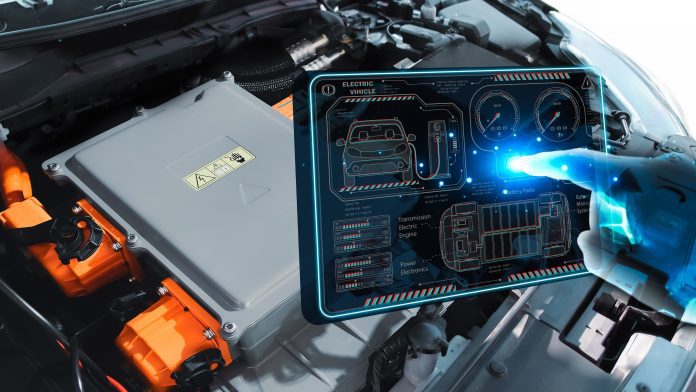Automakers are seeing some relief as China begins approving more rare earth magnet export licenses, easing fears of widespread factory shutdowns. After a severe slowdown in shipments due to Chinese export restrictions enacted in April, the flow of these critical components, which are essential for EV motors and other auto systems, has begun to recover. However, many licenses remain pending, and the supply chain continues to face delays, particularly for U.S.-bound shipments and goods routed through third countries. While the situation has improved from earlier panic levels, industry leaders warn that production interruptions remain a risk.
Here’s why it matters:
For car dealers, factory slowdowns and component shortages can translate into fewer new vehicles on lots, longer wait times for buyers, and missed sales opportunities. EVs and hybrid vehicles, which rely heavily on rare earth magnets for motor functionality, are particularly vulnerable. Although current license approvals from China are helping to stabilize the situation, any renewed disruption could slow deliveries, limit inventory, and complicate manufacturers’ production planning.
Key takeaways
- Rare earth flow resumes but remains limited
China has resumed issuing export licenses for rare earth magnets, pushing the approval rate up to 60% from 25%, but hundreds remain unprocessed. - Factory shutdowns already occurred
Ford CEO Jim Farley confirmed the company had to shut down plants due to shortages, highlighting how tight the supply situation became in recent weeks. - U.S.-bound shipments face more delays
Export approvals for American companies or third-party routed goods are still slow, raising ongoing concerns for U.S.-based production lines. - White House and China struck an agreement
Officials from both governments confirmed a deal was reached to expedite licensing, though neither side disclosed major changes to the process. - Cautious optimism replaces panic
Industry sources say panic has subsided, but China is only approving the minimum necessary to avoid disruption, keeping supply chain risk elevated.



